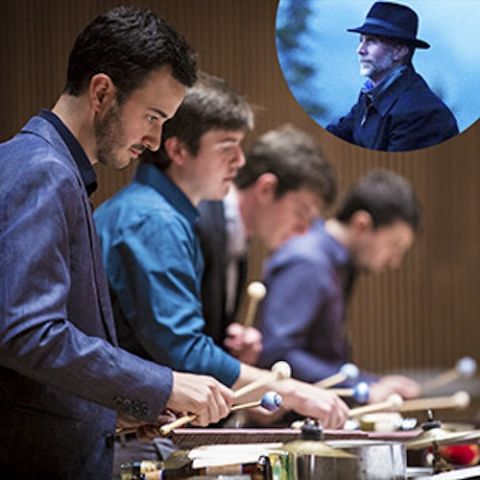Andrew Coté, a beekeeper based in New York City, believes that bees are adaptable creatures capable of thriving in any environment, whether it’s a vast rural area or a bustling metropolis like the city. According to him, bees located in Bryant Park can travel up to five kilometers in all directions to find food and can even fly to other nearby parks like Central Park and Tompkins Square Park.
However, working as a beekeeper in the city poses unique challenges for Coté. The urban environment requires him to secure locations for his hives in densely populated areas where convincing building operators to host thousands of bees can be difficult. He must also ensure that his hives are properly ventilated and have access to water sources, especially during hot summer days.
Despite these challenges, Coté has managed to establish several hives across the city, including on rooftops of skyscrapers like the Waldorf Astoria and in green spaces like the United Nations Garden and the sculpture garden of the Museum of Modern Art. He sells his honey from all five boroughs of New York City and considers Rockaway Beach honey his personal favorite.
Coté is concerned about the potential overpopulation of bees due to the increasing number of hives in the city. While he benefits from this trend by selling bee colonies at the start of each season, he worries about the long-term impact on the bee population in New York City.
In recent years, there has been an increasing interest in beekeeping as people become more aware of its importance for pollination and sustainable agriculture. Coté believes that this trend is largely driven by concerns about climate change and loss of natural habitats for pollinators.
As a result, many people have started setting up their own backyard hives or joining community-based apiaries. This has led to an increase in honey production and a growing market for locally produced products.
Coté sees this trend as both an opportunity and a challenge. On one hand, it allows him to expand his business while contributing positively to local ecosystems. On the other hand, it also means that he must compete with more small-scale producers who may not have access to resources or expertise required for commercial-scale operations.
Overall, Coté is optimistic about the future of urban beekeeping but recognizes that it requires careful planning and collaboration between stakeholders involved.



